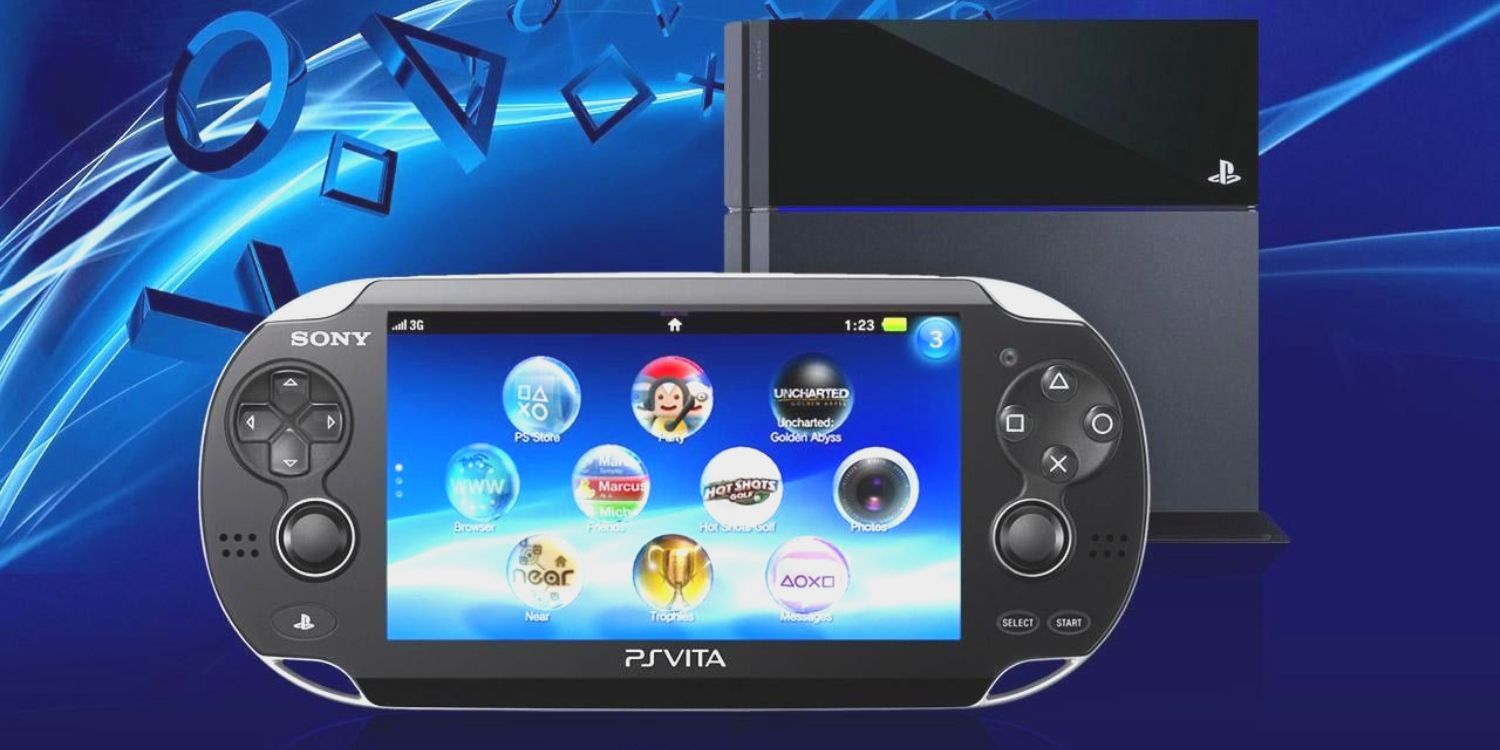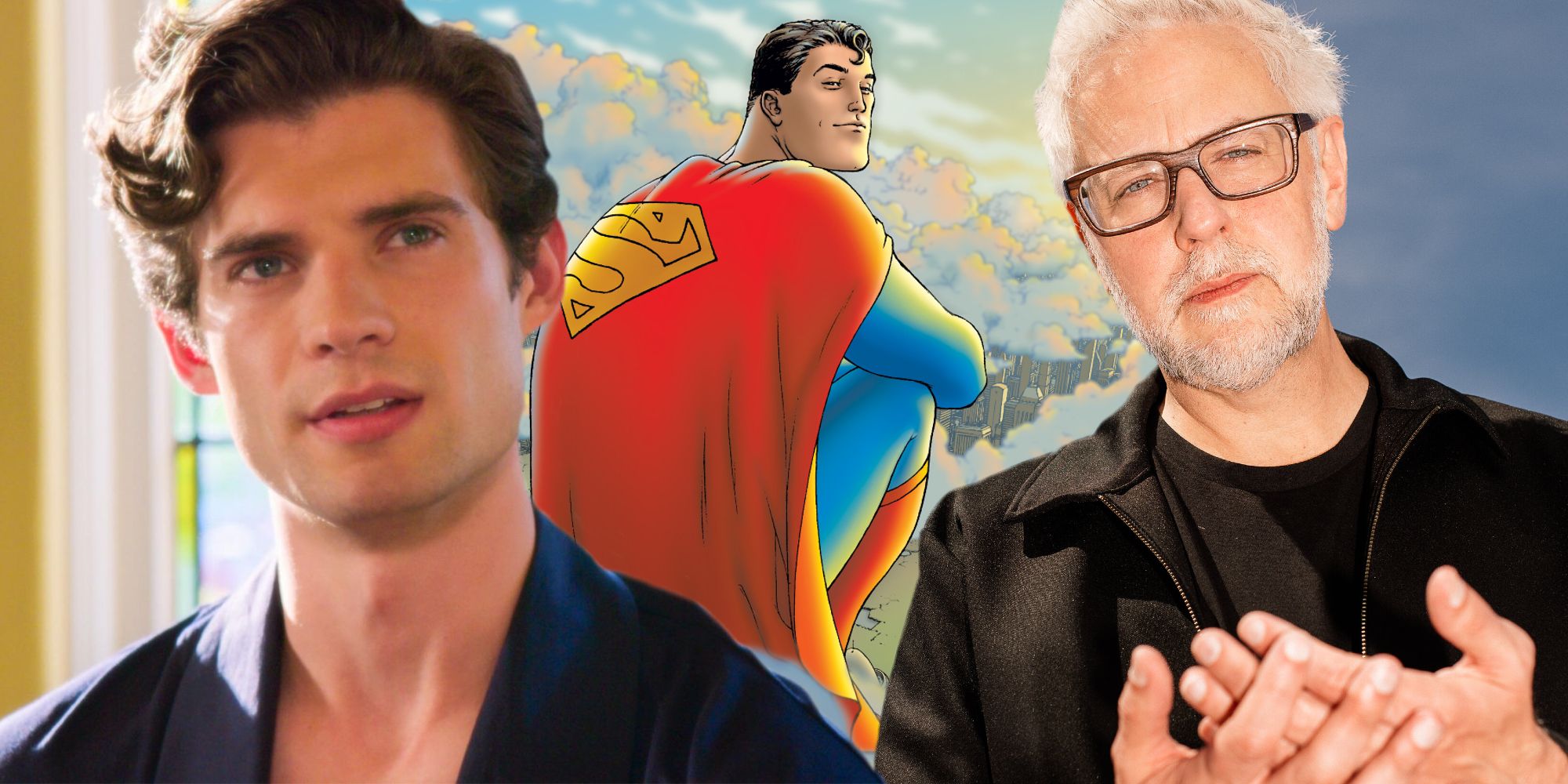In February 2013, Sony invited fans to “See the Future” with its PlayStation 4 reveal event. It’s now seven years later, and Sony’s PlayStation 5 marketing is once again promising “The Future of Gaming” on the next-gen console. In hindsight, the PS4 did indeed deliver some innovative concepts, but a few of its claims are still left for the PS5 to fulfill.
The initial PlayStation 4 reveal event followed a similar pattern to Sony’s early-2020 PlayStation 5 marketing, showing off the controller and some games without unveiling the console itself. The company detailed the PS4’s enhanced social functionality, including integrated video recording, trimming, and uploading via the Share button, as well as the then-revolutionary Suspend mode, which allows players to immediately jump back into a game on startup.
Both of these features ended up creating a far more seamless experience for playing and sharing games on PS4 – the former accomplishing Sony’s stated goal to “make the sharing of video as popular in the PlayStation 4 generation as the sharing of screenshots is today,” and the latter making PlayStation gaming more convenient than ever (with the side effect of increasing the console’s carbon footprint). But other PS4 promises were never implemented as well as Sony initially pitched them, particularly when it comes to instantaneous enjoyment of digital games.
How PS4 Failed To Deliver Instant Play (& How PS5 Could Instead)

In the February 2013 press conference, Sony made several bold claims about how the PS4 would handle digital downloads. Lead System Architect Mark Cerny first touted a feature that would allow players to download part of a game’s data so they could play it while the rest downloaded. This would indeed make its way to the PS4, but its implementation has been limited to certain titles, and most only let players play a tiny fraction of the game (a fighting game training mode with only one character, for example) while they wait. Later, Dave Perry, co-founder of Sony-owned streaming company Gaikai, claimed the company’s technology would allow players to “instantly experience” anything from the PlayStation in order to “try it for free, share it if you like it, and pay only for the games that you fall in love with.” Gaikai’s tech would eventually manifest in PlayStation Now and Remote Play, but no such free, universal demo service was ever implemented.
By far the presentation’s most outlandish claim came again from Cerny, who said Sony hoped to eventually eliminate download times through a peculiar, user data collection-based method: “If we know enough about you to predict the next game you’ll purchase,” Cerny said, “then that game can be loaded and ready to go before you even click the ‘Buy’ button.” None of these features lived up to Sony’s initial pitch (though perhaps that last one’s failure is a good thing), and the PS4 ended up having additional barriers to instant play, such as the infamously slow PS4 update copying process.
With the PlayStation 5, Sony has a chance to finally make good on these promises. The pre-downloaded games and universal streamed game demos are still unlikely, but the PS5 could deliver on the general idea of making downloads more seamless. Cerny’s March 2020 PlayStation tech specs presentation already revealed the system’s SSD will do away with the PS4’s update install problems, and it could similarly speed up the writing of entirely new game downloads to the system. Additionally, if Sony and Microsoft pursue streaming in the way Microsoft’s Project xCloud forecasted (which, to be fair, seems far less likely after Google Stadia’s failure), perhaps the increased processing power of their next-gen systems could make streamed game trials a reality, too.
The PlayStation 5 will launch sometime in the 2020 holiday season.





